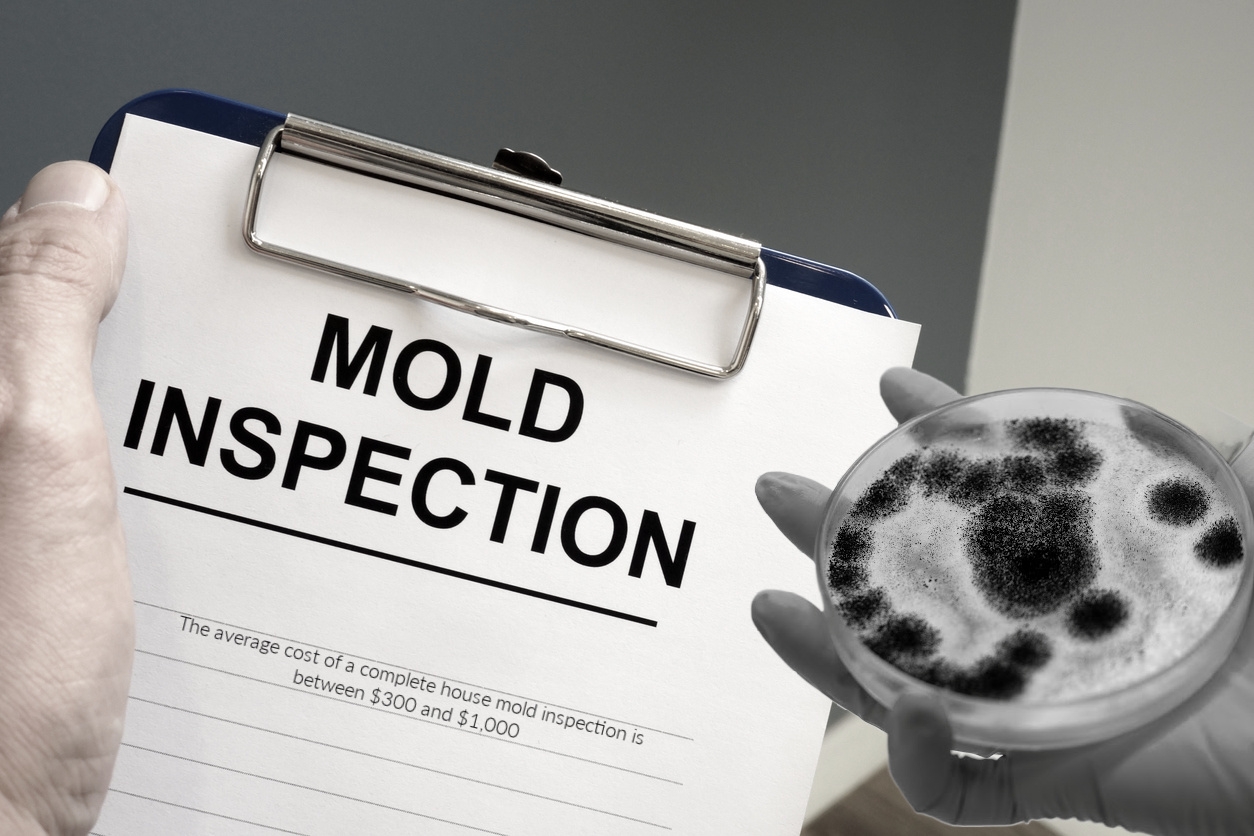Testing Air Quality After Mold Remediation
Testing Air Quality After Mold Remediation
Blog Article
Your Ultimate Guide to Post Mold And Mildew Removal Strategies
In the after-effects of mold and mildew invasion, knowing just how to efficiently get rid of the mold and mildew and prevent its reoccurrence is extremely important for maintaining a healthy interior setting. From selecting the appropriate cleaning and decontaminating techniques to carrying out techniques for long-lasting mold and mildew avoidance, each step in the removal trip plays a crucial duty in making certain an effective outcome.
Recognizing Post-Mold Remediation Refine
After completing the mold and mildew remediation process, it is critical to understand the post-mold remediation techniques that are needed to ensure a effective and detailed cleaning. Once the mold has actually been removed, the next action entails cleansing and disinfecting the impacted areas to avoid any type of regrowth of mold. This includes utilizing specialized cleansing representatives to wipe down surface areas and kill any type of continuing to be mold spores. It is important to dry the area totally to inhibit the growth of mold and mildew in the future (Post Mold Remediation Report). Appropriate air flow and dehumidification can help in this process.
Furthermore, conducting a final evaluation post-remediation is important to make certain that all mold has been effectively eradicated. This evaluation should include a thorough aesthetic check along with possibly air tasting to verify the absence of mold and mildew spores airborne. If the examination reveals any lingering mold and mildew, additional removal may be needed. Enlightening passengers on precautionary steps such as managing moisture levels and immediately resolving any type of water leakages can help maintain a mold-free setting.
Effective Cleaning Up and Decontaminating Methods

Preventing Future Mold Development

Relevance of Correct Ventilation
Appropriate air flow plays a crucial function in preventing wetness accumulation, a crucial element in mold and mildew development within indoor settings. Reliable ventilation systems help remove excess moisture from the air, reducing the opportunities of mold and mildew spores discovering the moisture they require to germinate and spread out. Without ample air flow, interior rooms can become a reproduction ground for mold and mildew, bring about prospective wellness threats and structural damage.
By making sure appropriate air blood circulation, air flow systems can additionally assist in drying out moist areas faster after water damage or flooding incidents, better deterring mold and mildew development. Post Remediation Inspection near me. In rooms like washrooms, cooking areas, basements, and attic rooms where moisture levels tend to be higher, mounting and preserving effective ventilation systems is vital in avoiding mold problems

Tracking and Maintenance Tips
Given the critical role that proper air flow plays in avoiding mold and mildew development, it is crucial to develop reliable monitoring and maintenance ideas to make sure the continued performance of ventilation systems. Regular assessments of air flow systems ought to be performed to check for any kind of signs of clogs, leakages, or malfunctions that can hinder proper air flow. Monitoring humidity levels within the building is additionally vital, as high humidity can add to mold and mildew development. Setting up a hygrometer can help track moisture levels and alert homeowners to any kind of spikes that might require focus. In addition, ensuring that air filters are routinely cleaned or changed is necessary for maintaining the efficiency of the air flow system. Applying a timetable for routine upkeep tasks, such as duct cleansing and cooling and heating system inspections, can aid protect against concerns before they rise. By staying aggressive and mindful to the condition of air flow navigate to these guys systems, residential property owners can efficiently minimize the danger of mold regrowth and preserve a healthy indoor environment.
Final Thought
In conclusion, post-mold remediation methods are important for ensuring a clean and safe setting. Recognizing the procedure, carrying out reliable cleansing and sanitizing approaches, stopping future mold and mildew development, keeping appropriate air flow, and routine monitoring are all vital actions in the remediation process. By adhering to these guidelines, you can successfully get rid of mold and stop its return, promoting a healthy living or working area for all owners.
In the consequences of mold and mildew problem, understanding just how to efficiently get rid of the mold and prevent its reoccurrence this content is paramount for preserving a healthy and balanced interior environment. As soon as the mold and mildew has actually been eliminated, the following action includes cleansing and sanitizing the affected areas to prevent any type of regrowth of mold and mildew - Post Remediation verification. After removing noticeable mold and mildew growth, it is vital to clean up all surfaces in the affected location to eliminate any type of staying mold and mildew spores. To even more improve mold and mildew prevention actions, it is necessary to address underlying problems that at first led to mold and mildew development.Provided the important function that appropriate ventilation plays in stopping mold growth, it is essential to develop efficient tracking and upkeep suggestions to make sure the ongoing capability of ventilation systems
Report this page